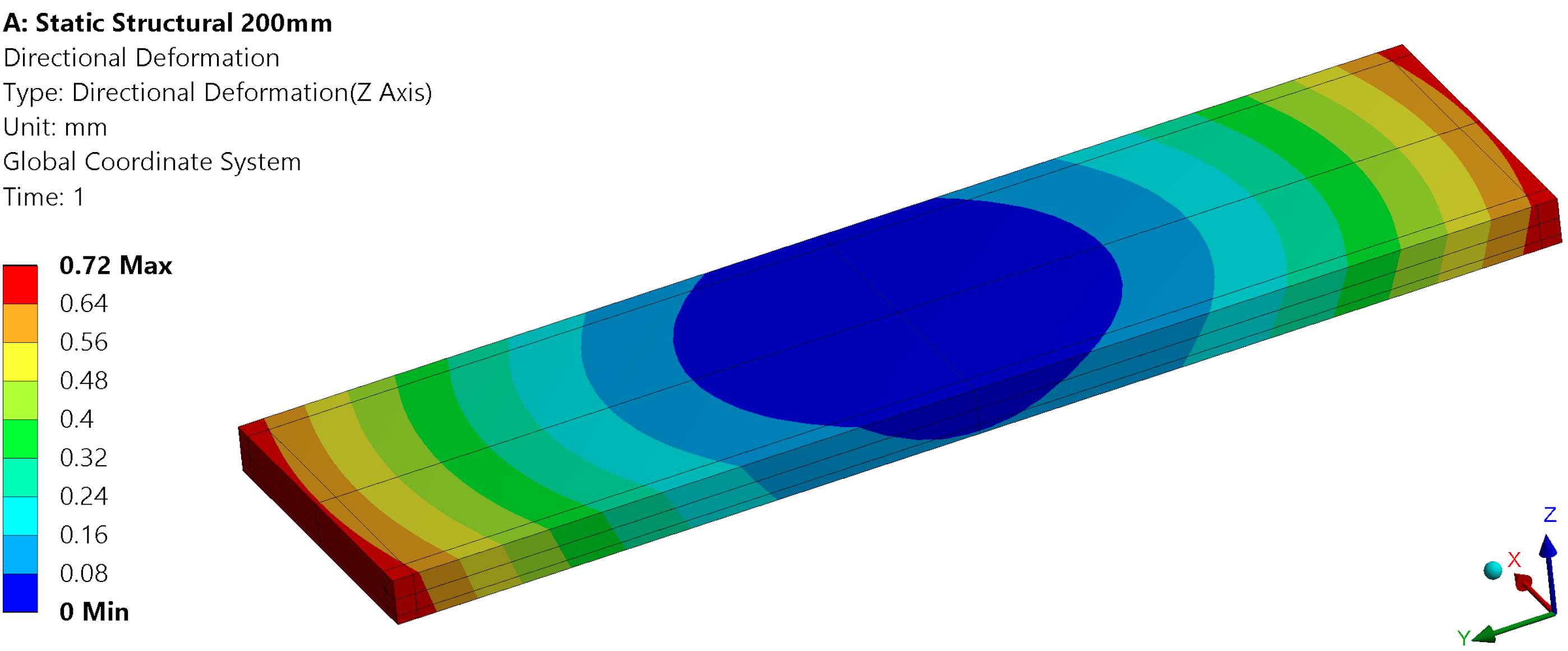Dan Wilcox is a mechanical engineer that carries out analysis of the ISIS targets to predict the effect of different temperatures and stresses on their operation. He says, “It's hard to manage because the targets are in the proton beam, so we have to rely on simulations to figure out what's happening inside them."
One of the big unknowns is the residual stress caused by the manufacturing process. For a while, there's been an assumption that this stress contributes heavily to the target stress. No one at ISIS was sure just how much until Dan and his colleagues figured out a way to measure it.
The engineers made a test piece with thicker cladding on one side and measured how it bends. They also used the ENGIN-X beamline to measure the internal strains. Their study, published in the Journal for Neutron Research, found that both methods detected a large amount of residual stress.
The target is made using a process called hot isostatic pressing. It's quite an intense process; “You heat the target to over 1000 degrees and apply hundreds of atmospheres of pressure to it." Dan explains, “That presses the cladding against the core of the target and makes a really good bond between the two of them." This makes a strong target and gives a good thermal connection.

Simulated Bending of Hot Isostatically Pressed Piece
This research is so important to ISIS because, “ISIS has two targets, both of which are made using this process. We're trying to make the targets last for longer and we're trying to design future targets that can run at a higher power." Understanding the residual stress gives engineers a better picture of the stress state in the targets, which could help ISIS to run at higher powers in the future.
The study has huge implications for future target design as, “It's shown for the first time how big the stresses are, so they can be taken into account when doing future analyses. Dan explains, “This opens up potential research avenues since we can tweak the hot isostatic pressing process to learn which temperature and pressure give us the lowest residual stress."
